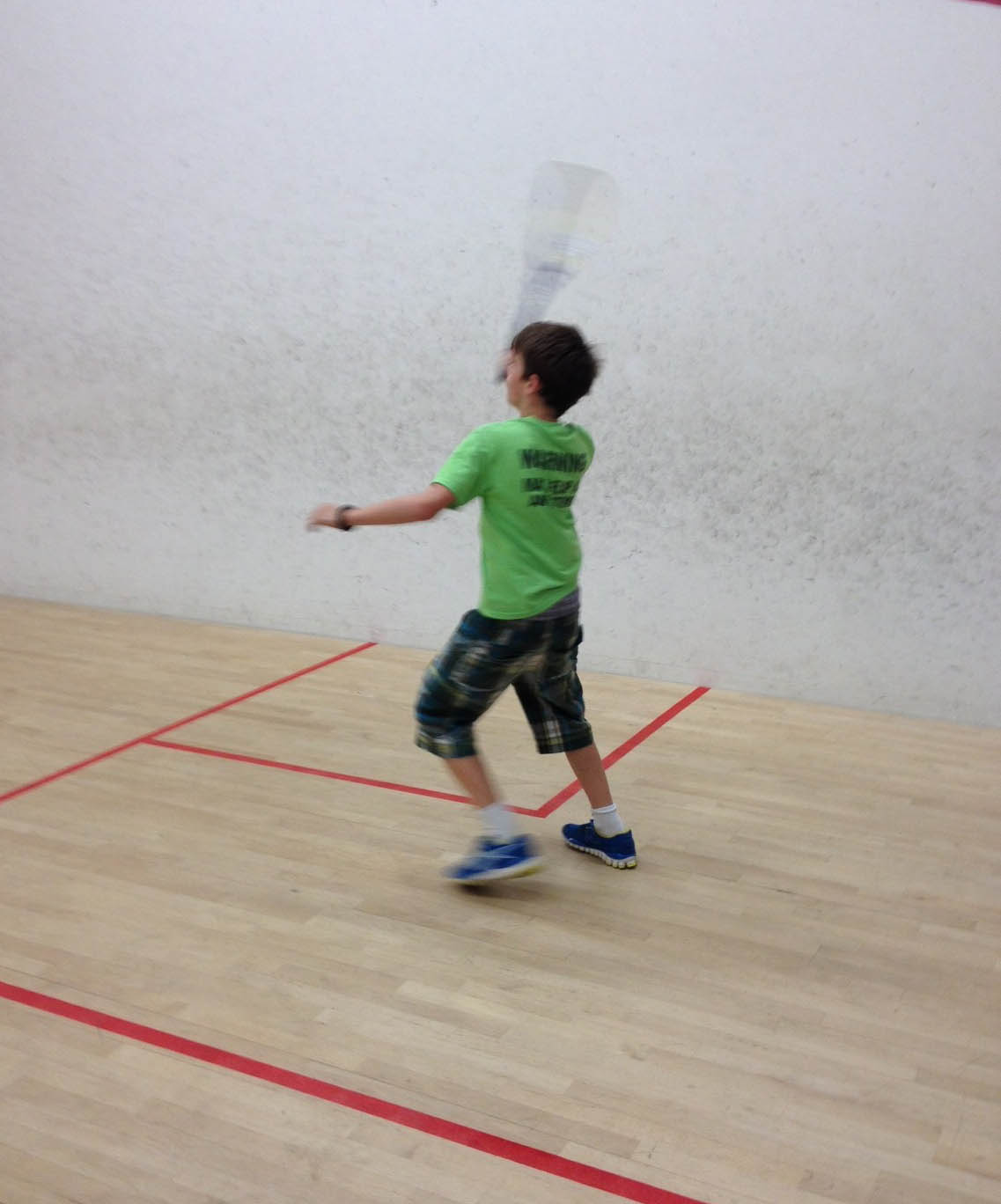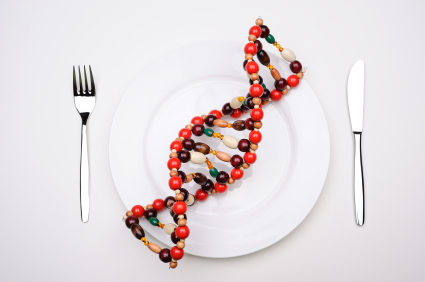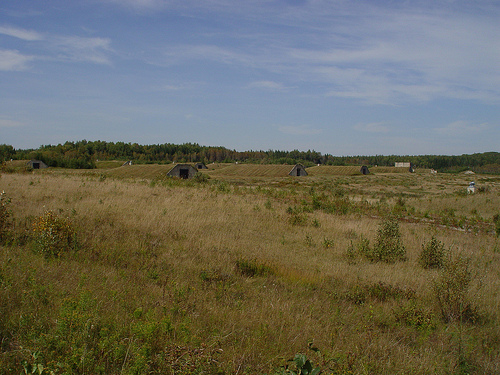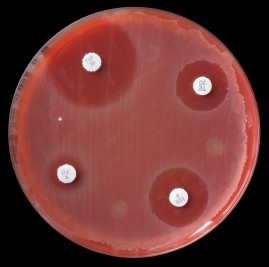
If, like me, you sometimes need more motivation to exercise consistently—even though you know that it is good for you—you may be interested in the findings of a paper published recently in PLOS Genetics. The paper showed that consistent exercise over a 6-month period caused potentially beneficial changes in gene expression. In short, regular exercise caused expression of some “good” genes, and repression of “bad” ones, and these changes appeared to be controlled by epigenetic mechanisms.
Epigenetic changes are modifications to DNA that affect gene expression but don’t alter the underlying sequence. Perhaps the best understood example of an epigenetic change is DNA methylation—where methyl groups bind to the DNA at specific sites and alter expression, often by preventing transcription. Epigenetic changes have been shown to occur throughout all stages of development and in response to environmental factors such as diet, toxin exposure, or stress. The study of epigenetics is revealing more and more about how the information stored in our DNA is expressed in different tissues at different times and under different environmental circumstances. Continue reading “Epigenetics and Exercise”






 Anyone who has travelled across time zones knows how unpleasant it is when the regular rhythm of your biological clock is disrupted. Jetlag results when the body’s internal clock, or circadian rhythm is out of sync with external cues for “day and “night”, resulting in insomnia, extreme tiredness, difficulty concentrating and various other unpleasant symptoms.
Anyone who has travelled across time zones knows how unpleasant it is when the regular rhythm of your biological clock is disrupted. Jetlag results when the body’s internal clock, or circadian rhythm is out of sync with external cues for “day and “night”, resulting in insomnia, extreme tiredness, difficulty concentrating and various other unpleasant symptoms. 
